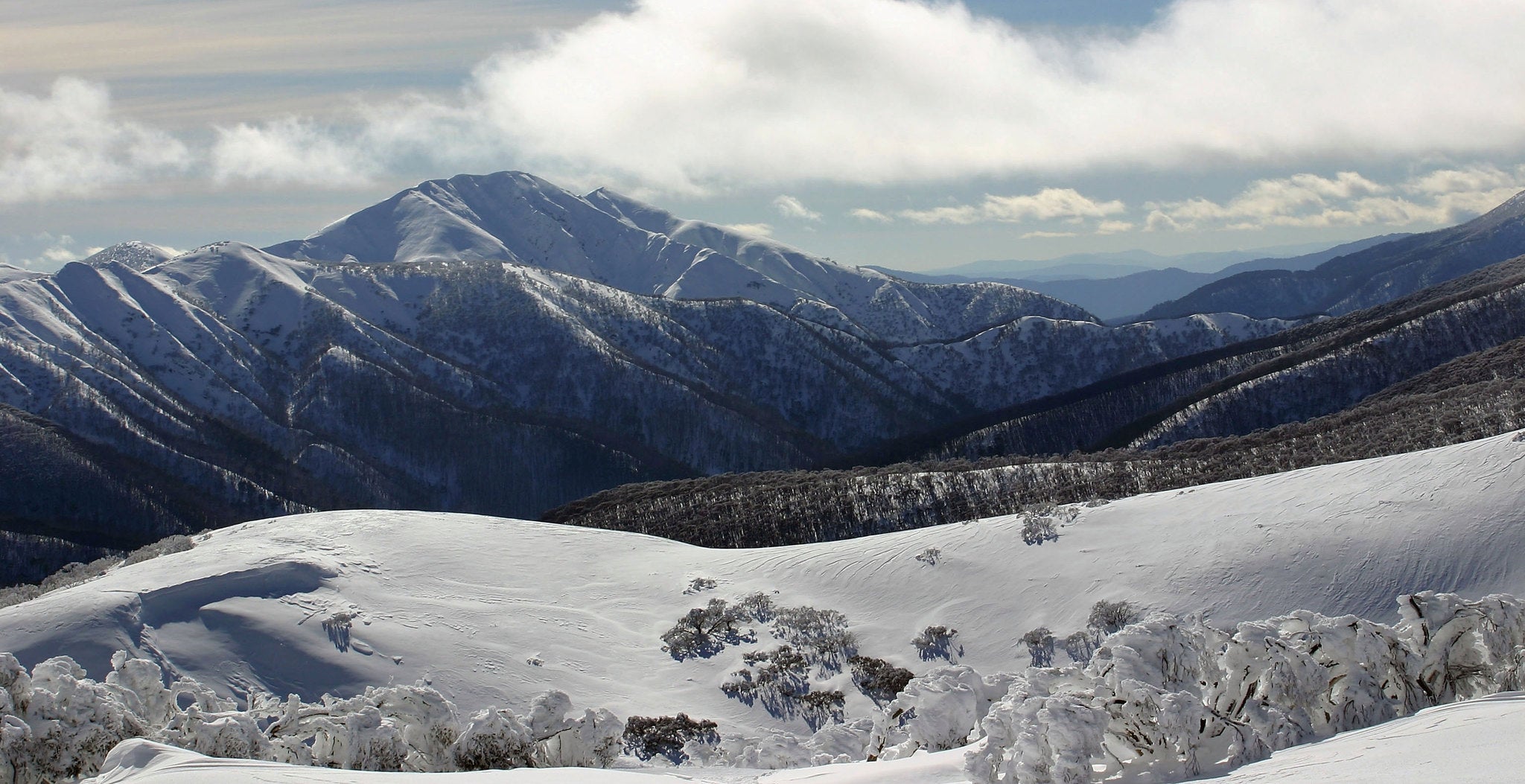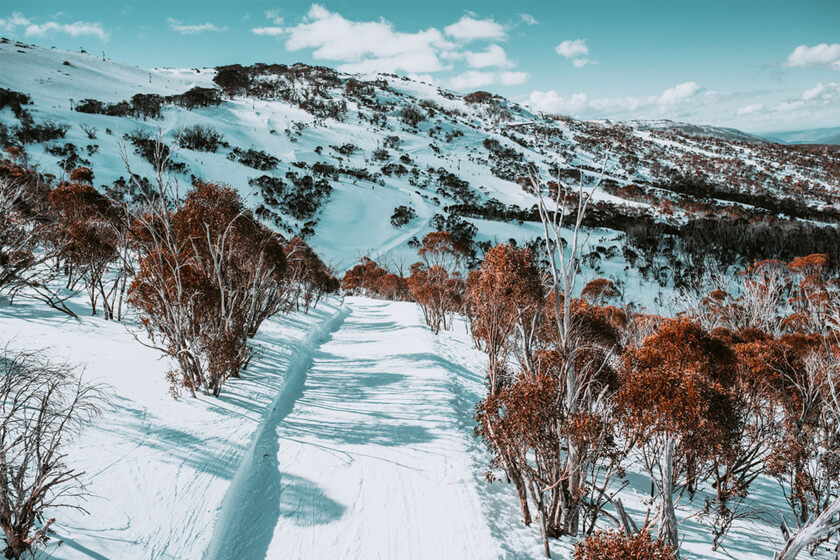The Various Kinds of Snow in Australia and Their Effect on Winter Season Sports
Australia, known for its sun-soaked coastlines, is additionally home to a varied range of snow conditions that considerably affect winter sports. Each type, from the damp seaside snow to the dry indoor powder, offers distinct difficulties and benefits for athletes. An understanding of these variants is vital for those seeking to browse the Australian slopes, as each calls for various methods and strength. The following exploration will certainly talk about the ramifications of these snow kinds on winter season sports efficiency.

Recognizing the Features of Various Snow Types
While numerous think that snow is a homogeneous entity, it is crucial to understand that there are different kinds, each with special characteristics. These distinctions in snow kind aren't merely visual; they significantly effect winter sporting activities, dictating the simplicity of activity, the rate obtainable, and the degree of control required from professional athletes.
The Impacts of Powder Snow on Skiing and Snowboarding
Regardless of its light and fluffy appearance, powder snow in the Australian Alps offers both special difficulties and opportunities for winter season sporting activities enthusiasts, especially those involved in winter sports and snowboarding. The loosened, dry nature of powder snow can at first be hard to navigate for beginners, needing mindful balance and control. Nevertheless, for even more seasoned practitioners, the soft, untracked snow uses an exciting experience, enabling active and dynamic motion. The forgiving and smooth surface of powder snow additionally lowers risk of injury during drops, making it a preferred choice for severe winter sports. It's worth noting, the varying depth and unpredictable nature of powder can occasionally lead to concealed barriers, calling for continuous watchfulness.

The Difficulties and Benefits of Packed Snow in Winter Sports
Shifting emphasis from the loosened, completely dry powder snow, an additional common type of snow in the Australian Alps is jam-packed snow, positioning its very own collection of obstacles and advantages in the world of winter months sporting activities. This denser, a lot more solidified form of snow provides a faster, slicker surface area, profiting sports like downhill winter sports and snowboarding, boosting speed and accuracy. The very same qualities additionally existing obstacles. Its hard surface area can be risky, boosting the capacity for injuries throughout falls. Furthermore, navigating turns and managing speed can be challenging on stuffed snow, requiring greater ability levels from professional athletes. Despite these difficulties, loaded snow remains an important aspect in several winter sporting activities, forming the efficiency and methods of athletes.
The Function of Damp Snow in Australian Winter Gamings
In comparison to the thick, glossy surface area of packed snow, damp snow plays a totally different function in Australian wintertime video games. Does Australia Get Snow. Its malleability makes it suitable for snow sculpting events and for strengthening snow frameworks in sporting activities like snow ft battles.

How Slushy Snow Influences Winter Sports Performance
Proceeding the exploration of differing snow conditions in Australia, the effect of slushy snow on wintertime sporting activities is another interesting aspect. Slushy snow, resulting from warmer temperatures or straight sunlight, poses special challenges to athletes. It decreases speed and calls More hints for raised exertion as the tools penetrates the soft, water-saturated snow. In snowboarding and snowboarding, slushy conditions can affect the predictability of jumps and turns, raising the threat of mishaps. For snowmobiling, the machine's efficiency might be hindered as it battles to keep traction. Hence, slushy snow changes the winter months sports landscape, demanding not only increased physical exertion from professional athletes yet additionally a higher focus on safety preventative measures.
Adjusting Wintertime Sports Techniques to Different Snow Conditions

Conclusion
In verdict, Australia's diverse see here now snow types dramatically affect wintertime sporting activities performance. Each kind, from the glossy seaside snow to the drier interior powder and the heavy, sticky wet snow, offers special difficulties and benefits.
Moving emphasis from the loosened, completely dry powder snow, one more common type of snow in the Australian Alps is packed snow, presenting its own set of challenges and benefits in the realm of winter sporting activities - Does It Snow In Australia.In comparison to the thick, slick surface area of jam-packed snow, damp snow plays a totally different duty in Australian winter season games. Its pliability makes it excellent for snow sculpting occasions and for strengthening snow structures in sporting activities like snow ft battles.Continuing the exploration of varying snow conditions in Australia, the impact of slushy snow on wintertime sports is one more interesting factor. Each kind, from the glossy seaside snow to the drier interior powder and the heavy, sticky damp snow, offers one-of-a-kind difficulties and benefits